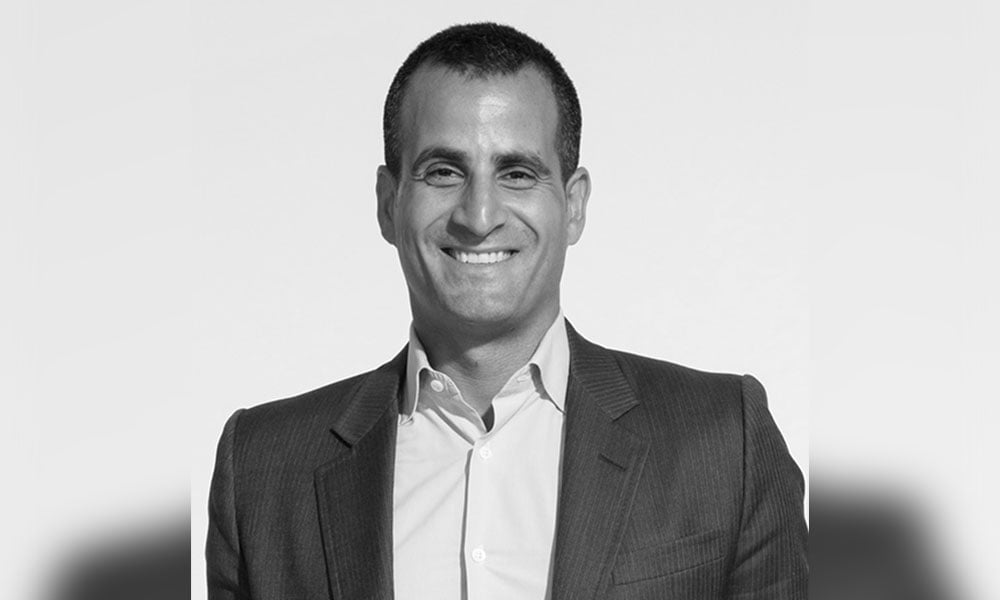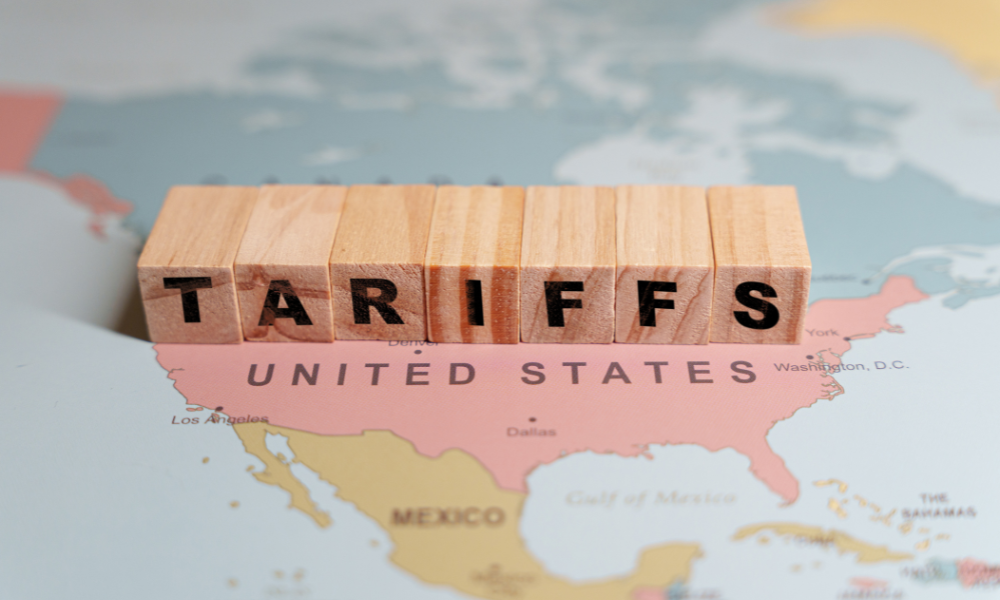Why Purpose Financial CEO Som Seif is happy to fall back on one of his core strategies – with a COVID-19 twist

As we emerged from the 2008-09 financial crisis, dividend-paying equities were a rare good news story – and Som Seif believes there are similar circumstance playing out again amid the COVID-19-triggered recession.
Like 12 years ago, there has been significant monetary policy that pushed investors outside their risk curve to satisfy yield objectives. To do this, they sought out the relative safety of more mature and defensive businesses that were oversold.
The founder and CEO of Purpose Financial believes that, once again, corporate dividends are priced very attractively versus other income sources, such as government and corporate bonds, but said there are other factors ar play.
“This time around it’s not just about dividend yields,” he said. “The real risk is around the uncertainty of a company’s willingness or ability to pay its dividend. In fact, I believe any company that had been questioning its payout ratio or dividend policy over the past few years will consider ‘cleaning this risk up’ under cover of a COVID-19-related decision.”
Seif said that at his first business, Claymore, he created some of the best dividend strategies using dividend growth principles based on research that showed if you buy the stocks that have shown a persistence in raising dividends, even though it may mean having a lower yield today, over time you outperform because they generate capital appreciation and underlying business growth.
He revisited this approach when he started Purpose and, when the pandemic hit, asked his team to go back and look its dividend strategies once again. It’s these results that will form the basis of his outlook when it comes to dividend sustainability as we emerge from this health crisis.
So, what should an investor’s strategic approach be to dividends today? Seif laid out a few key principle ideas.
1, Understand we are entering a new business cycle and think about what industries and businesses will be strong or weak going forward, not just looking historically.
2, In the past it’s been relatively easy to select a company based on its dividend yield, but today yield alone won’t be successful because of the changing tides of underlying businesses. Have a more focused strategy around understanding the quality of a business’s capital structure, profits, and trends in revenues and profitability.
3, Diversification matters. Not only in ensuring you don’t have too much single stock risk when relying on dividend income, but also ensuring you have proper industry diversification.
Seif added that with the new business cycle, it’s important to try to gauge the depth of the real economic impact of both this pandemic and also the meaningful trends that will emerge or accelerate because of changes in growth rates of different businesses.
He said: “Old economy businesses may be threatened even further due to digitization accelerating faster than ever seen before and we need to be aware of this when selecting a stock for its ability to pay sustainable income to us today and far into the future.
“A great example of the challenge of economic impact is within the oil patch, where North American crude oil benchmarks have seen steep declines on an unprecedented basis. Energy stocks globally have historically been a strong source of dividend investing, but the risk in energy stocks is very high. We’ve just seen companies like Royal Dutch Shell cut its dividend for the first time since World War II.”
Many businesses in the travel industry or entertainment industry have struggled and seen acceleration away from their business models. Even traditionally defensive consumer staples sector, including firms like Kraft Heinz and Sysco Foods, face question marks over whether they can sustain distributions.
Seif added: “With some sectors and businesses affected more than others, I believe security selection is more critical than ever with dividend investing. Buying a stock because it has an attractive dividend yield is not a sure bet to generate long-term dividend income.”
He also picked out a few standouts from his team’s analysis:
- In energy, dividend investors should avoid exploration and production companies, but midstream companies are probably OK.
- Consumer staples that sell necessities have a higher chance of dividend sustainability going forward.
- Banks in Canada look more attractive for dividend stability given strong dividend coverage ratios. Outside of Canada, dividends could be at greater risk. Despite dividends being stable, banks may frustrate investors from a growth perspective.
Risk management comes into play and diversification is vital at a single stock and industry level.
Seif explained: “First, ensuring you have a diversified portfolio of names that provide you strong income is important. You don’t want any single company’s cut in dividends to impact your income and portfolio. Second, and just as important, is the need to ensure proper diversification by industry.”
He added: “For a Canadian investor, it’s important to understand that buying multiple banks, telcos and utilities isn’t diversification. It’s critical to have technology companies, healthcare companies, consumer staples and discretionary names and often we have to find these names in U.S. to get real quality companies.
“I believe dividend stocks are still the bedrock of a sound portfolio and will lead in a recovery, but it’s important to recognize that the investment processes that thrived from 2009 to 2019 aren’t enough to avoid the fallout now.”



